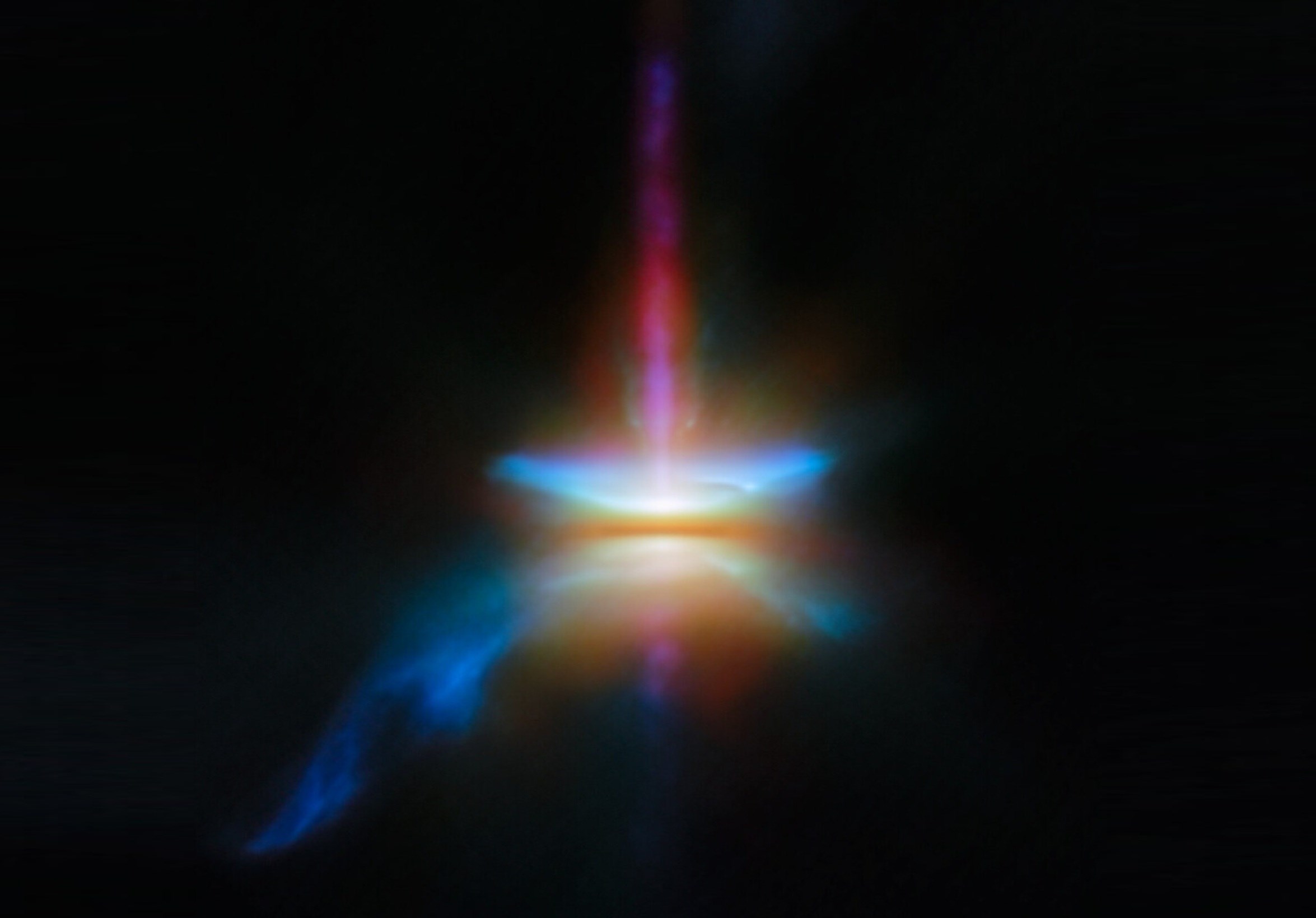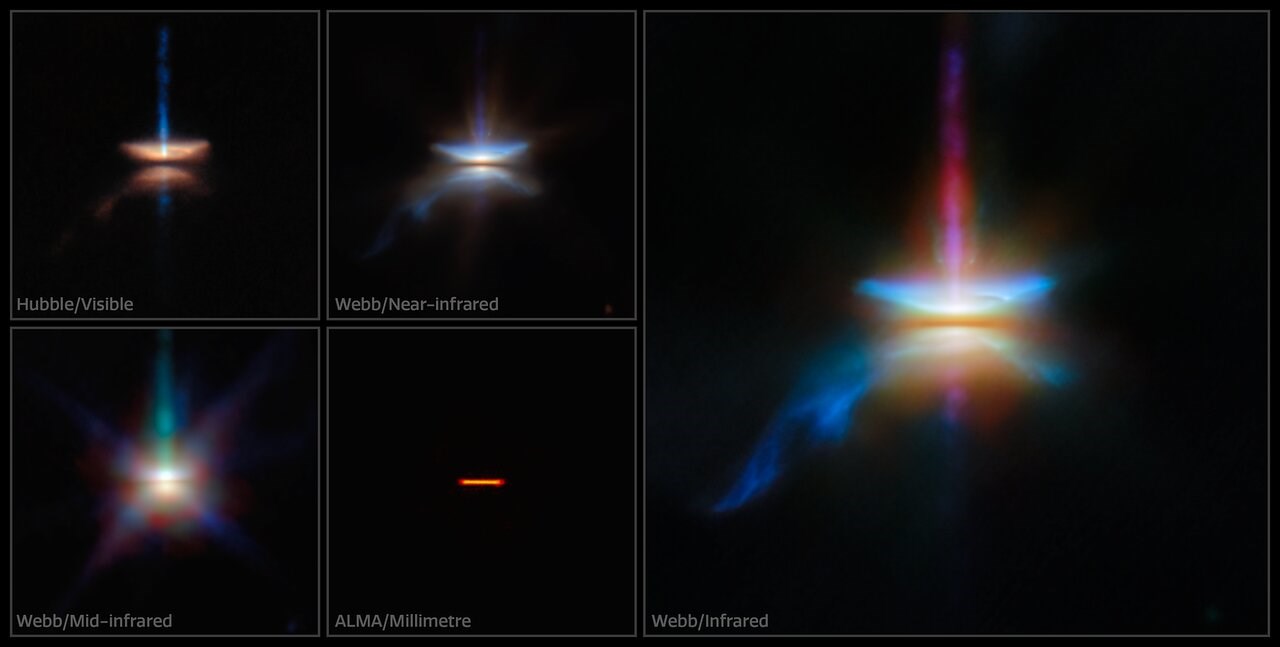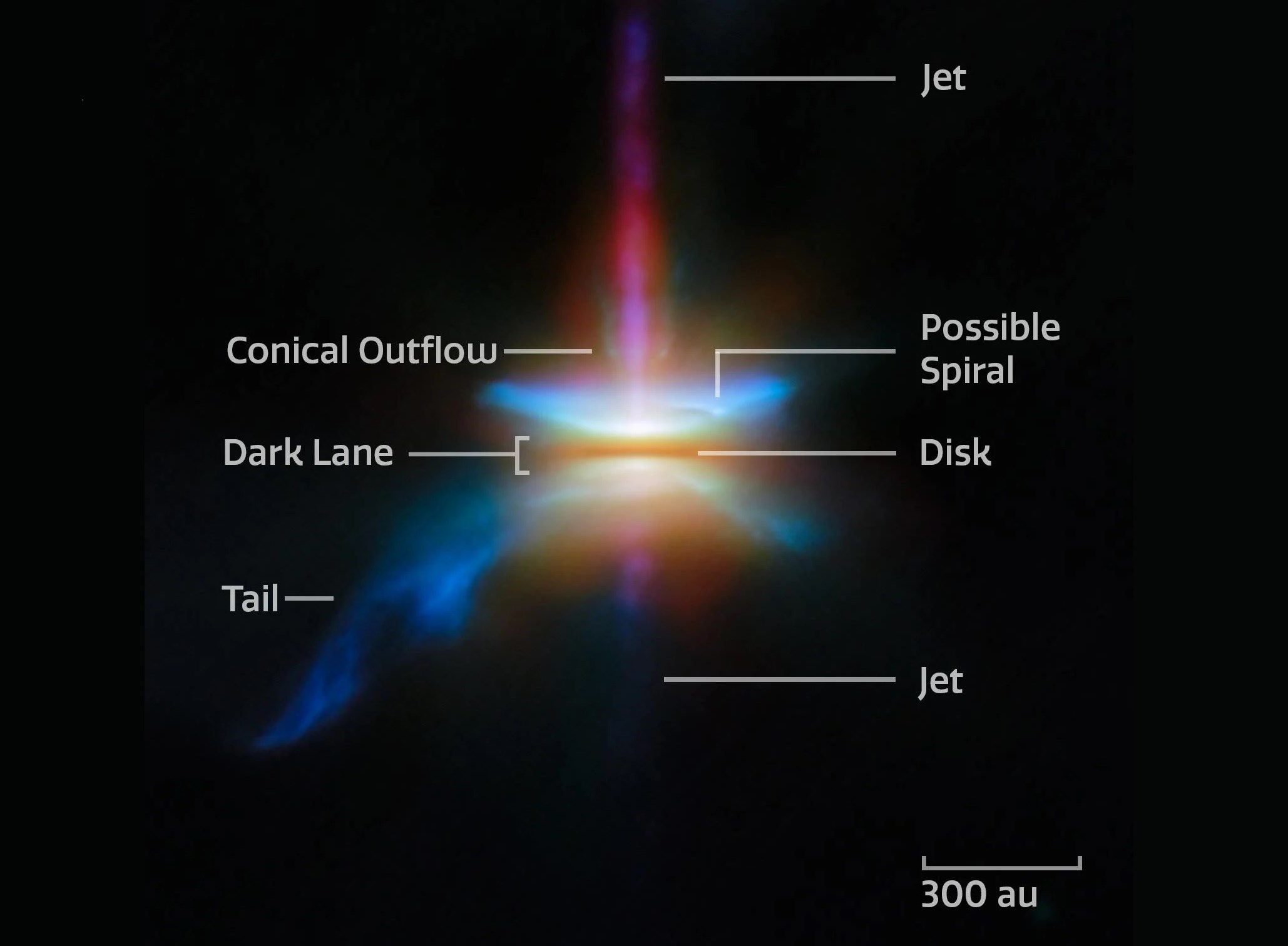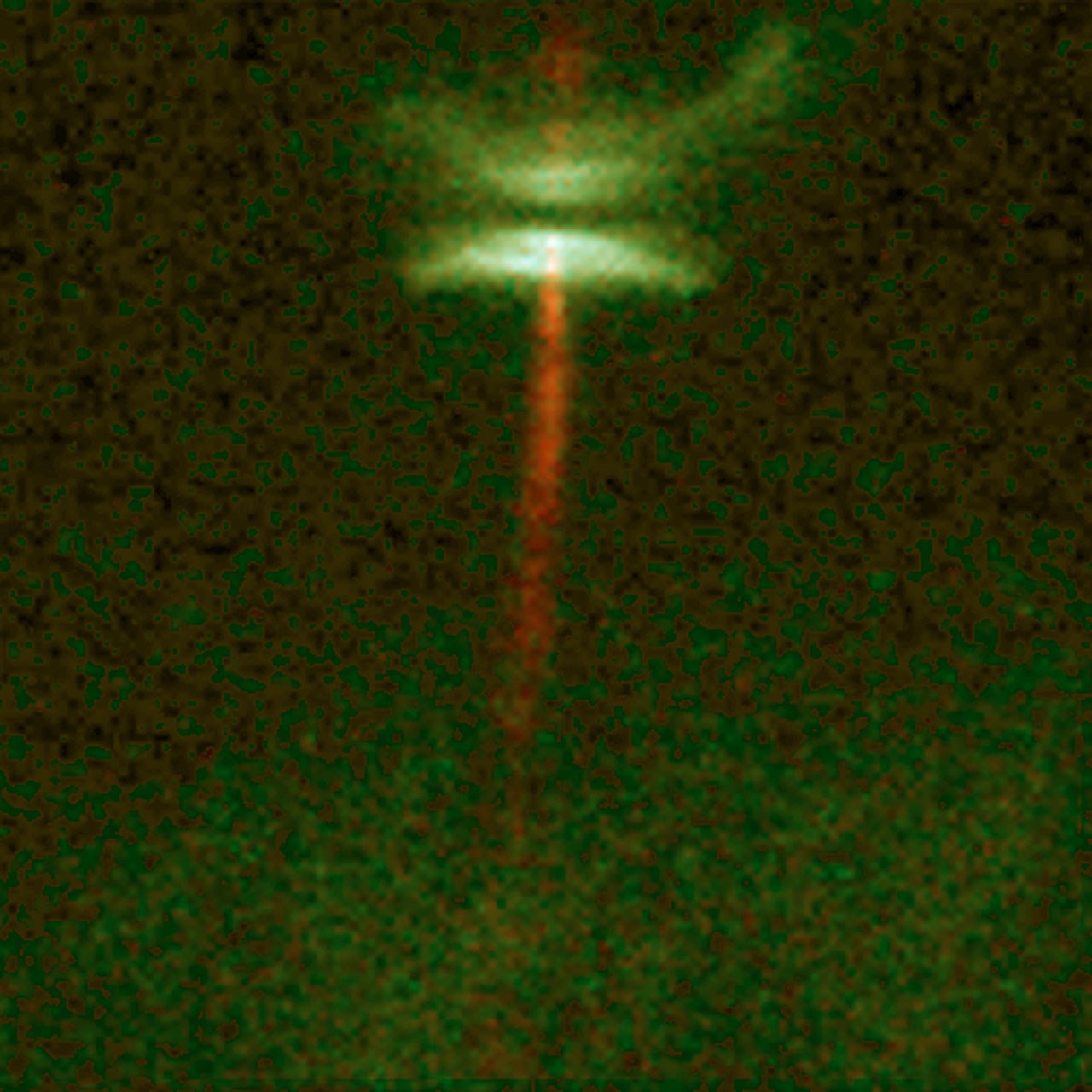 James Webb Space Telescope (JWST) continues to provide new information about the unknown corners of space by examining the infrared and close infrared wavelengths of the universe. This telescope reveals the details that have not been possible before by observing what we have seen so far. Finally, JWST caught an incredible image of a front planetary disc called HH-30.
James Webb Space Telescope (JWST) continues to provide new information about the unknown corners of space by examining the infrared and close infrared wavelengths of the universe. This telescope reveals the details that have not been possible before by observing what we have seen so far. Finally, JWST caught an incredible image of a front planetary disc called HH-30.Unique images were obtained
It is an excellent tool to see this Herbig-Haro object, which was first discovered using the Hubble space telescope, but is a dark molecular cloud/nebula. In the image, the front planet disk sprayed into space with narrow, double -pole jet and conical gas and dust output. The jets proceed hundreds of kilometers per second in space, while heating the gas around them visible and causing infrared wavelengths to shine. However, Herbig-Haro objects tend to be temporary. Such formations are usually temporary and can disappear in a few thousand years. Behind this disk and dust is a newborn star.
 The appearance of the HH 30, which is about 450 light years away in the Taurus constellation, clearly shows how the gas and dust around the star flows and how it moves away. From the edge, such images allow us to perceive objects differently and discover new details by offering a perspective that we have never seen before.
The appearance of the HH 30, which is about 450 light years away in the Taurus constellation, clearly shows how the gas and dust around the star flows and how it moves away. From the edge, such images allow us to perceive objects differently and discover new details by offering a perspective that we have never seen before. The Hubble Space Telescope had previously displayed this disk, but it was not the same as the resolution and wavelengths provided by WebB. In the meantime, the data used by Webb to observe HH 30 were part of a program that examined how dust on such front planetary discs evolved.
The Hubble Space Telescope had previously displayed this disk, but it was not the same as the resolution and wavelengths provided by WebB. In the meantime, the data used by Webb to observe HH 30 were part of a program that examined how dust on such front planetary discs evolved. An image of HH-30 with Hubble.
An image of HH-30 with Hubble.WebB’s data were combined with previous Hubble observations and receiving data. Thus, how the disk appeared at different wavelengths. However, the infrared image of WebB provided the most striking data in understanding HH 30. WebB not only displayed HH 30 only with infrared light, but also appeared, and took images with close infrared and middle infrared light. Such images help scientists understand the extreme environments around young stars. These discoveries not only help us understand how our system is formed, but also offer important clues to how other planets are shaped.